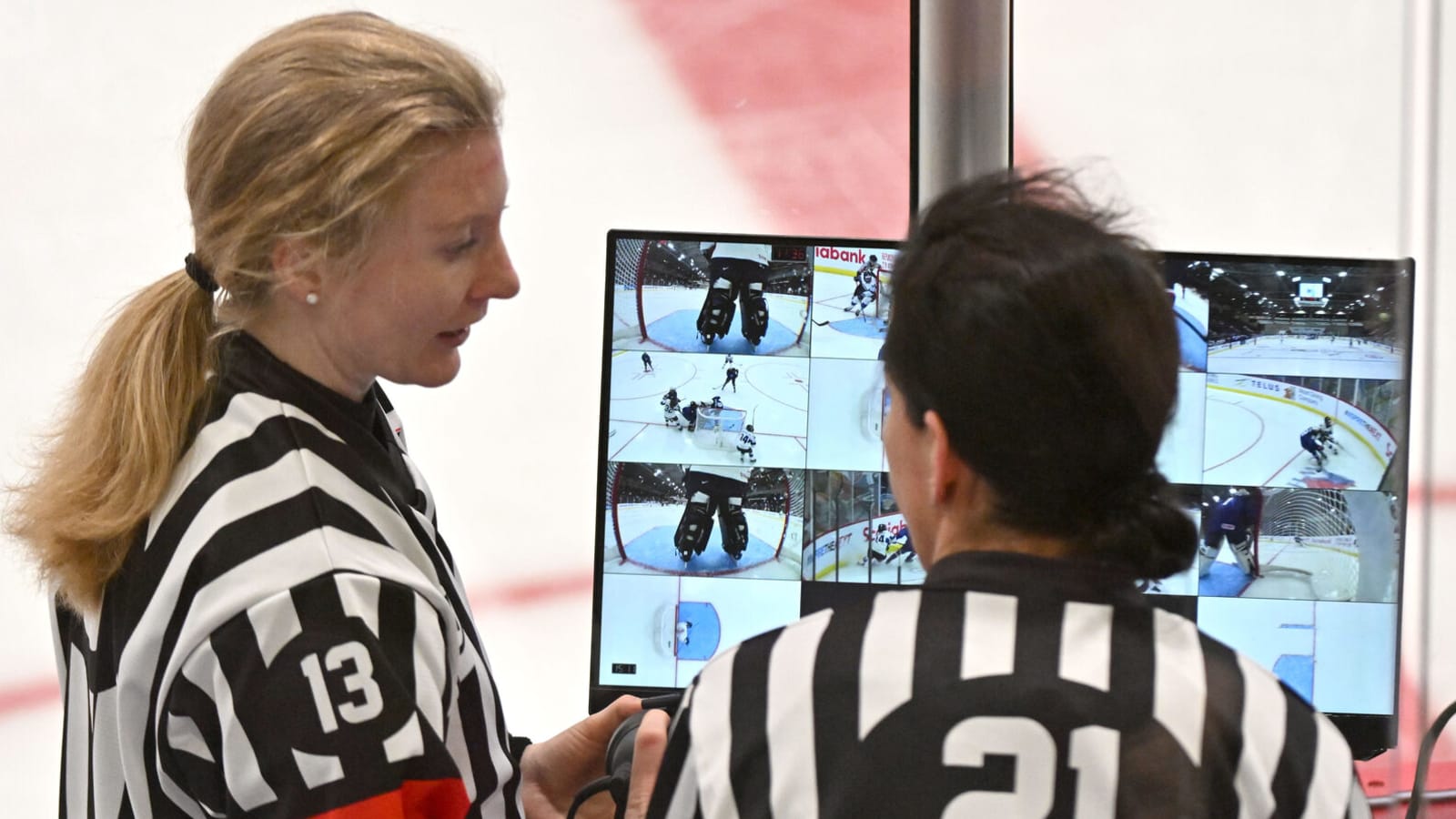
KHL junior league will test new OT rule that could find its way to NHL
The KHL recently announced that its junior league, the JHL, will test an exciting new overtime rule — one that could potentially be adopted by the NHL in the near future.
Simply put, the rule prohibits players with possession of the puck from crossing the red line to their half of the ice during OT. The first violation leads to a face-off in the offender's defensive zone, followed by a minor penalty for each infraction after that.
The Junior Hockey League will test new rule in the 2024-25 season:
— KHL (@khl_eng) July 19, 2024
Players are not allowed to skate with the puck back to their half of the ice in OT. A minor penalty shall be imposed upon the team starting the 2nd violation of the rule. pic.twitter.com/PNuHqE6b86
The change is simple, but it could solve one of the biggest complaints regarding three-on-three OT in the NHL and elsewhere.
Overtime in hockey has evolved significantly over the last few decades, with the NHL introducing four-on-four extra sessions for the 2000-01 season before knocking it down to three skaters aside in 2015-16. As the changes have unfolded, teams have created strategies to maximize their chances of winning.
Initially, the three-on-three model brought an exciting brand of mayhem to overtime. Now, in the age of analytics, things are a little different.
In the present-day NHL, overtime hockey is all about having the puck. That means when a team gets possession, they don't give it away easily — and there's an easy way to accomplish that with so much ice to work with.
Instead of rushing the opposing net, teams often glide back into their own zone, where they either orchestrate a breakout play or delay for a better line matchup. But there's no forcing it — if there's no play, teams are perfectly content to play the waiting game.
Unfortunately, while usually successful, the strategy has resulted in the opposite effect intended when the NHL moved OT to three-on-three. A slow, methodical pace has replaced intense back-and-forth action.
There's no way of knowing how the KHL's attempt to resolve that issue will play out. For now, it may be the best idea anyone has had so far.
However, if it works, the NHL would be foolish not to investigate possibly implementing it as well.
More must-reads:
- Former Ducks second-round pick latest NHLer to bolt to the KHL
- The best possible fictional hockey team
- The 'NHL goals leaders' quiz
Breaking News
Trending News
Customize Your Newsletter
 +
+
Get the latest news and rumors, customized to your favorite sports and teams. Emailed daily. Always free!







